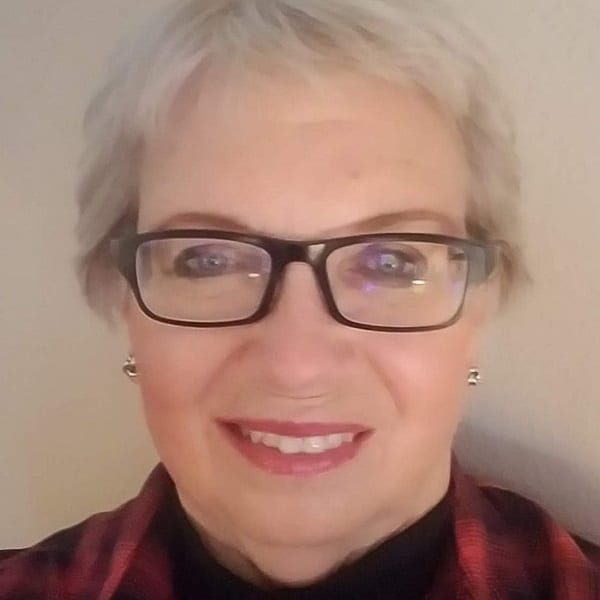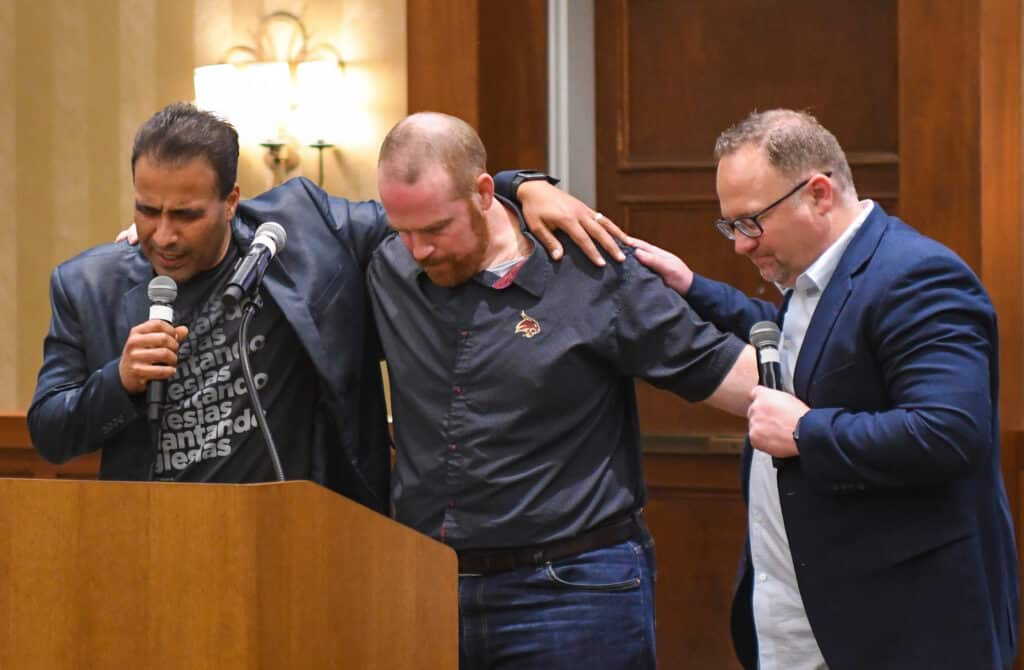As current federal guidelines recommend public gatherings be limited to 10 people in an effort to “flatten the curve” and reduce the burden of COVID-19 on the healthcare system, churches of all sizes are challenged to maintain community while serving their broader communities.
Churches are also seeing a rare opportunity to speak gospel truth into a fearful culture.
“There has never been an easier time to instill hope or to talk about Christ than right now,” said Bruce Northam, pastor of Houston’s Clay Road Baptist Church.
The TEXAN interviewed pastors of medium to large churches in Amarillo, Austin, Houston and the Metroplex about how they are faring as sanctuary doors close temporarily, services are livestreamed, children are homeschooled and members mostly stay at home.
The pastors interviewed felt strongly about respecting government authorities. Otherwise, our “public witness would be hampered,” said Andrew Hebert, pastor of Amarillo’s Paramount Baptist, confirming his church’s commitment to cooperating with the city.
Cooperation is a matter of being a “good neighbor,” said Tom Goodman, pastor of Austin’s Hillcrest Baptist, adding, “The book of Jeremiah says to seek the peace and prosperity of the city. One way we can do that is to practice social distancing. Now it’s been mandated. We’ll take the lead.”
When church is online
“The coronavirus has forced us to get creative in using technology and digital [platforms] in ways we should have already been doing,” said Spencer Plumlee, pastor of First Baptist Mansfield. Church is online now and life groups will meet remotely via Zoom.
Like other churches, Tate Springs Baptist of Arlington has suspended all on-campus programs until Easter. But church continues. Last week’s livestream accessible on Facebook and through the church website had 1,500 views, three times the number of regular attenders, said Pastor Jared Wellman.
For Tate Springs, the question was, “How can we do first century church in a twenty-first century context,” Wellman explained, noting that the early church met in small groups in the face of persecution.
“Then it was persecution from people. Now it’s a virus,” Wellman said, emphasizing the importance of using technology to remind members the church is still serving them, albeit at a distance. Staff members are developing age-specific content such as Bible studies for parents and kids to be shared online weekly.
Austin’s Hillcrest Baptist is personalizing its online experience, engaging as many members as possible by encouraging people to tune in to the Sunday morning service at the normal worship time of 10 a.m., even though the content will be available later.
To make livestreamed church interactive and inclusive, Goodman said lay readers will read Scripture, either coming to church for the filming or sending videos from their own homes. During services, members will be encouraged to post comments on the Facebook video feed, and send texts or messages to staff members who will read them during announcements.
“We want to get our people to interact with one another, which they do intuitively during church,” Goodman said.
Hebert said Paramount abandoned elaborate plans for multiple on-site small services as Amarillo’s restrictions tightened, opting to go fully online.
“This is a moment where every church is going to have to figure this out in its own way and in its context,” Hebert added.
Staying in contact
Churches are using websites and social media platforms to post valuable information for their congregations, including updates on the pandemic.
As part of one livestreamed service, Goodman will interview a health care professional who attends the church so members can ask questions about the COVID-19 crisis.
Like other churches, Sagamore Baptist Church of Fort Worth is posting COVID-19 information and information to help congregants stay connected, Pastor Denny Gorena said.
To keep members engaged, staff will post links for digital offerings such as the online women’s Bible study, AWANA and student ministries, Gorena added.
Churches are also employing old-fashioned ways of staying in touch with members. At Tate Springs, small group leaders are checking in with their members every three days via phone or text while deacons and staff contact shut-ins.
While activity on Austin’s Anderson Mill Baptist’s website has spiked, Pastor Rod Minor said that deacons are also contacting the families assigned to them weekly. An online link enables people to submit prayer requests to staff, replacing the written ones members typically leave at church.
“We don’t want to lose the opportunity to pray for them,” Minor said.
Other churches are also employing the traditional Baptist “deacon family” method of discipleship. Clay Road’s demographic includes many members with no relatives or children. The church is their family, and Northam is concerned that the isolation might be worse than the disease for them. Church volunteers will be tasked with staying in touch with 3-5 people during the crisis to make sure their needs are met.
All pastors indicated volunteers were prepared to bring groceries or medications to shut-ins as needed.
A rare opportunity
COVID-19 pandemic presents challenges, including financial ones. All interviewed pastors said their churches were either set up for online giving or soon to be. At least two were mailing pre-addressed, stamped offering envelope to members to make giving easier.
The loss of accessibility to the churches becomes a loss to each broader community as well. The churches all have active presences in their cities, with some hosting day cares, community groups and recovery groups. All that has ended for now.
The crisis offers rare opportunities for ministry.
“Church is not something you do. It’s who you are. Now is the time to be the church more than ever,” Wellman said.
“The church runs to the front lines not from it,” in times of crisis, said Hebert. “We start hospitals and minister to the sick. Some of that may be coming, he noted, if churches end up opening their facilities as healthcare is overwhelmed.
Anderson Mill’s is exploring how to retool its monthly food pantry to allow for safe and possibly more frequent food distribution.
“So many people are at home. They are going to be out of work. We may find more interest among people to pick up food and necessities,” Minor said.
With the approach of Easter—with its traditional “heightened sense of spirituality”—amid the crisis, Northam said he and his wife have prayed with more people in the community—at stores and deserted airports—in the last few days than in the last few months.
People are afraid. They want to talk.
Northam has been stopped in grocery stores by people who ask if he is afraid.
“No, I am not afraid because we serve a sovereign God,” he answers, sharing the gospel and praying with people he has never met before and is unlikely to see again … unless in heaven.














